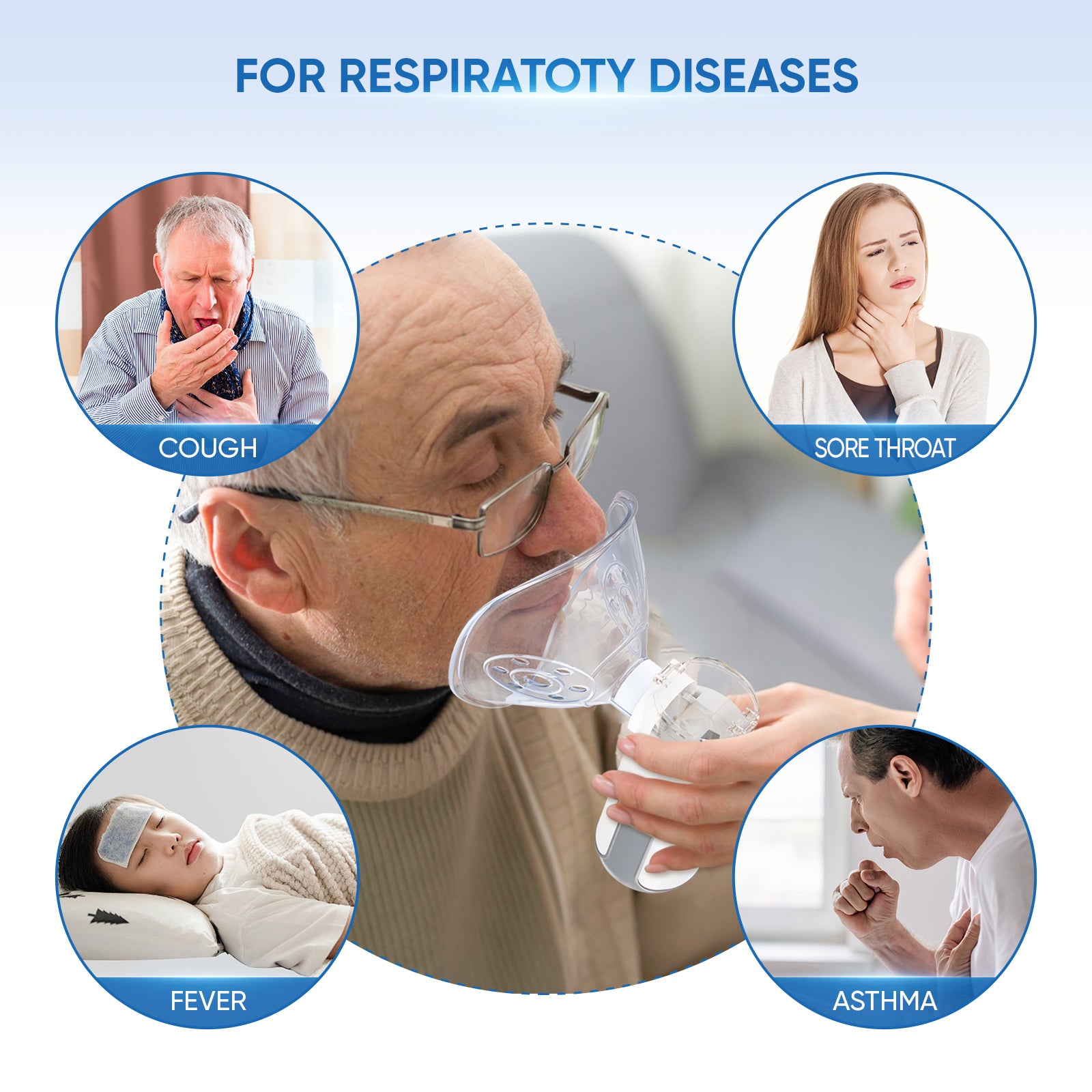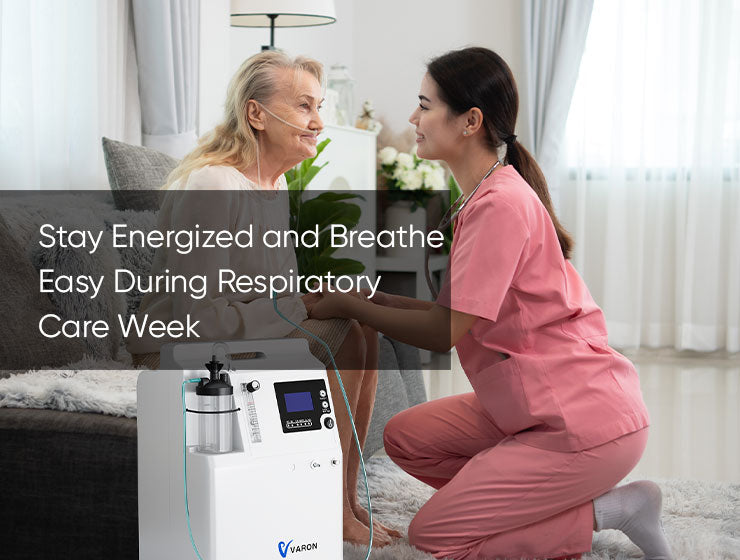Types of COPD
COPD is an umbrella term used when you have one or more of these conditions:
Emphysema: This results from damage to your air sacs (alveoli) that destroys the walls inside them and causes them to merge into one giant air sac. It can’t absorb oxygen as well, so your get less oxygen in your blood. Damaged alveoli can make your lungs stretch out and lose their springiness. Air gets trapped in your lungs and you can’t breathe it out, so you feel short of breath.
Chronic bronchitis: If you have coughing, shortness of breath, and mucus that lingers at least 3 months for 2 years in a row, you have chronic bronchitis. Hair-like fibers called cilia line your bronchial tubes and help move mucus out. When you have chronic bronchitis, you lose your cilia. This makes it harder to get rid of mucus, which makes you cough more, which creates more mucus.
Refractory asthma: This type may also be called nonreversible. It doesn’t respond to normal asthma medications.
COPD Causes and Risk Factors
Long-term exposure to things that irritate your lungs is the most common cause. In the U.S., that’s cigarette, pipe, or other types of tobacco smoke. If you hang around other smokers and breathe in a lot of secondhand smoke, that can play a role, too. Your odds also go up if you smoke and have asthma. If you smoke and have COPD, it tends to get worse faster. You might also develop this condition if you’ve been exposed to things like dust, air pollution, or certain chemicals for long periods of time.
Your age can also make COPD more likely. It develops slowly over the years, so most people are at least 40 when symptoms begin.
Chronic obstructive pulmonary disease (COPD) is a type of obstructive lung disease characterized by long-term breathing problems and poor airflow. The more a person smokes, the more likely that person will develop COPD. But some people smoke for years and never get COPD.The main symptoms include shortness of breath and cough with sputum production. COPD is a progressive disease, meaning it typically worsens over time.Eventually, everyday activities such as walking or getting dressed become difficult.Chronic bronchitis and emphysema are older terms used for different types of COPD. The term "chronic bronchitis" is still used to define a productive cough that is present for at least three months each year for two years.Those with such a cough are at a greater risk of developing COPD.The term "emphysema" is also used for the abnormal presence of air or other gas within tissues.In rare cases, nonsmokers who lack a protein called alpha-1 antitrypsin can develop emphysema.
Chronic obstructive pulmonary disease (COPD) is a long-term lung condition that makes it hard for you to breathe.
Tobacco smoking is the most common cause of COPD, with factors such as air pollution and genetics playing a smaller role.In the developing world, one of the common sources of air pollution is poorly vented heating and cooking fires.Long-term exposure to these irritants causes an inflammatory response in the lungs, resulting in narrowing of the small airways and breakdown of lung tissue. The diagnosis is based on poor airflow as measured by lung function tests.In contrast to asthma, the airflow reduction does not improve much with the use of a bronchodilator.
Most cases of COPD can be prevented by reducing exposure to risk factors.This includes decreasing rates of smoking and improving indoor and outdoor air quality. While treatment can slow worsening, no cure is known.COPD treatments include smoking cessation, vaccinations, respiratory rehabilitation, and often inhaled bronchodilators and steroids. Some people may benefit from long-term oxygen therapy or lung transplantation. In those who have periods of acute worsening, increased use of medications, antibiotics, steroids, and hospitalization may be needed.
TTLIFE Oxygen Concerntrator--------Causes of COPD
Feng Wang
Related Posts
Nebulizer Therapy for Pets: Benefits, Tips, and How to Get Started
Kimberly Boquirin
Oxygen Concentrator & Festivals
TTLife Columbus Day Sale 2025 — The Best Oxygen Concentrator Guide
Kimberly Boquirin




















